Industrial shredder market
The industrial shredder market is a dynamic and growing field that covers many types of shredding equipment, such as two-shaft shredders, four-shaft shredders, metal shredders, etc. These devices are widely used in industries such as waste treatment, resource recovery, and material processing. Here are a few key points about the industrial shredder market:
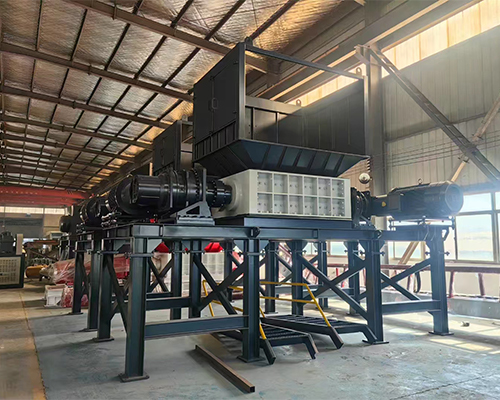
Market size and growth trend
Overall market size: The global market size of industrial shredders (which can be regarded as a type of industrial shredder) is US$878.2 million in 2023 and is expected to reach US$957.3 million by the end of 2030, with a compound annual growth rate of 1.3%.
Metal shredder market: The global metal shredder market size was US$928.6 million in 2020, and the market is expected to grow from US$956.0 million in 2021 to US$1,230.6 million in 2028, with a compound annual growth rate of 3.7% during 2021-2028.
Multi-axis shredder market: The global multi-axis shredder market is expected to reach US$860 million in 2029, with a CAGR of 2.8% in the next few years.
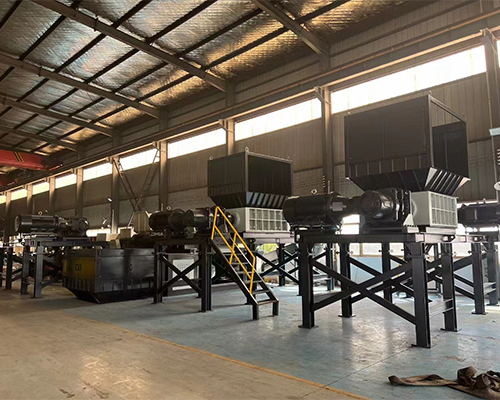
Application areas
Industrial shredders are widely used, including but not limited to:
Waste treatment centers: used to handle large items in urban domestic waste.
Waste recycling stations: help separate and crush different types of waste, such as plastics, rubber, wood, etc.
Renewable resource processing sites: play an important role in the fields of scrap metal, electronic waste, etc.
Other industries: such as papermaking, chemical industry, food processing industry, etc. also have certain application needs.
Competitive landscape
The market is highly competitive, and major manufacturers compete in terms of product performance, quality, after-sales service, etc. Some internationally renowned brands compete fiercely with local manufacturers, bringing more choices to the market. For example, Enpat (Jiangsu) Environmental Co., Ltd. provides efficient and durable scrap metal shredders of various models; Henan Yuteng Machinery Manufacturing Co., Ltd. focuses on the research and development and production of various crushers, crushers, shredders and drum drying equipment.
Technological progress and innovation
With the advancement of technology, the future industrial shredders may develop in the direction of intelligence and greenness. For example, by introducing intelligent control systems to improve operating efficiency, or adopting new materials and technical means to extend the service life of key components and reduce energy consumption. In addition, manufacturers are also exploring how to effectively utilize resources such as waste heat generated during the shredding process to achieve the goal of energy conservation and emission reduction.
Regulatory impact
Changes in environmental regulations directly affect the development of the industrial shredder market. Manufacturers must keep up with policy trends to ensure that new products meet the latest environmental and safety regulations. This means not only paying attention to the performance indicators of the product itself, but also considering the influencing factors throughout the life cycle, such as the selection of raw materials, production process, etc.
In summary, the industrial shredder market is growing steadily and is affected by technological innovation, changes in market demand, and environmental protection regulations. Investors and companies should pay close attention to these dynamics in order to seize opportunities and meet challenges.
| Model | 600 | 800 | 1000 | 1200 | 1400 | 1600 | 1800 |
| Motor(kw) | 11*2 | 18.5*2 | 35*2 | 45*2 | 55*2 | 75*2 | 110*2 |
Reducer | P6-P7 | P7-P8 | P8-P10 | P10-P12 | P11-P13 | P12-P16 | P14-P16 |
| Siemens or other motors, planetary reducers or other reducers can be customized according to customer requirements | |||||||
| Rotation Speed | 8-20rmp | 8-20rmp | 8-15rmp | 8-15rmp | 8-15rmp | 8-12rmp | 8-12rmp |
| Blades Diameter | 220-320 | 260-320 | 260-400 | 400-500 | 400-500 | 500 | 500 |
| Blades material | The material of the blades (55sicr, 5crsi, 9crsi, skd11, m6v, h13) can be customizedaccording to the customer's actual usage | ||||||
| Feeding Size | 1200*900mm | 1400*1000mm | 1600*1200mm | 1800*1300mm | 2000*1300mm | 2200*1700mm | 2400*2000mm |
| The size and appearance of the feeding hopper can be customized according to thecustomer's feeding situation | |||||||
| Weight(kg) | 1800 | 2500 | 3700 | 5500 | 7500 | 9500 | 13000 |
-
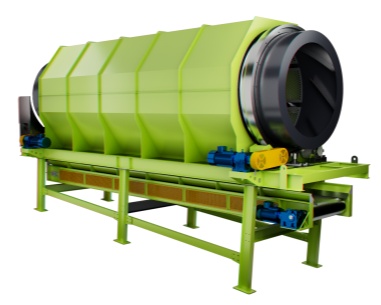 Trommel screenTrommel screen, also known as drum screens, are widely used in various industries for sorting and separating materials.Get Quote
Trommel screenTrommel screen, also known as drum screens, are widely used in various industries for sorting and separating materials.Get Quote -
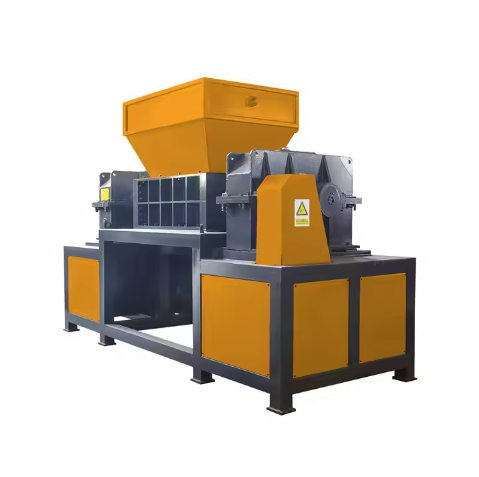 Crop straw double shaft shreddApplications:Biomass Energy Production: Shredded straw can be used as a feedstock for bioenergy plants to produce electricity or heat.Livestock Feed: Reduced-si...Get Quote
Crop straw double shaft shreddApplications:Biomass Energy Production: Shredded straw can be used as a feedstock for bioenergy plants to produce electricity or heat.Livestock Feed: Reduced-si...Get Quote -
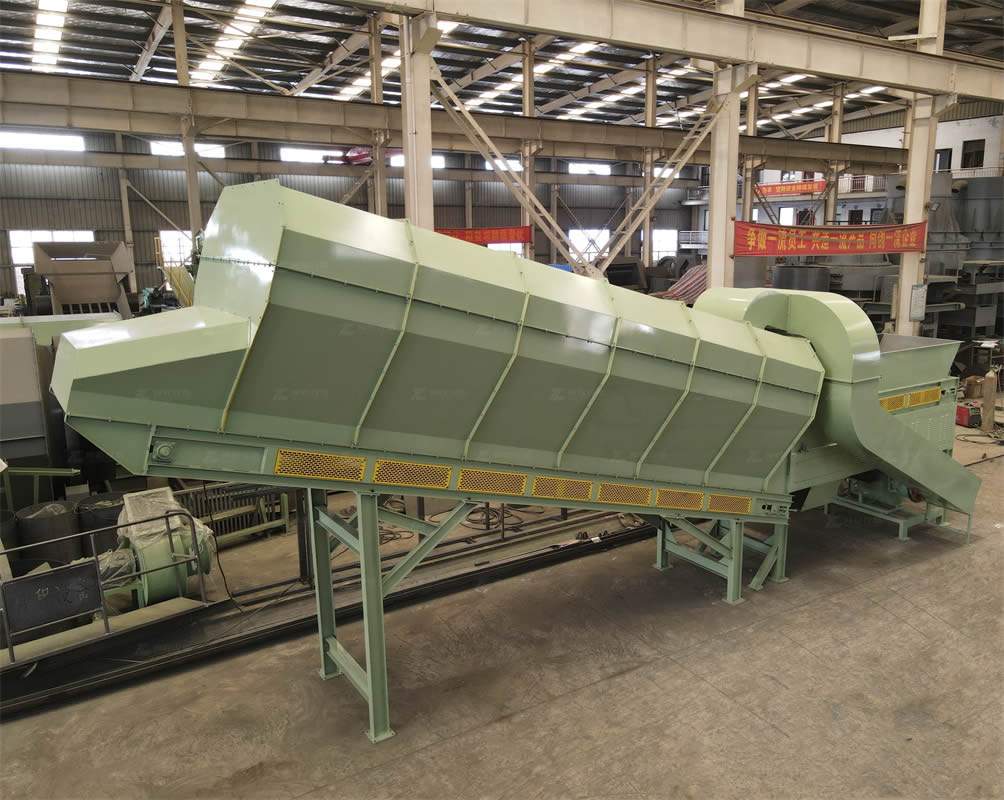 Zhongcheng Air Drum SeparatorAir drum separators effectively separate lightweight materials (e.g., plastics, paper) from heavier materials (e.g., metals, glass). This high efficiency is cru...Get Quote
Zhongcheng Air Drum SeparatorAir drum separators effectively separate lightweight materials (e.g., plastics, paper) from heavier materials (e.g., metals, glass). This high efficiency is cru...Get Quote
-
2024-05-18Hydraulic Cone CrusherHydraulic Cone Crusher integrates machinery, hydraulic pressure, electrics, automation, and intelligent control, which can be used for medium crushing, fine cru...
-
2024-06-05Can the Angle of the Ballistic Separator Be Adjusted?Ballistic separator is a type of mechanical sorting device used primarily in the recycling industry to separate materials based on their physical properties. It...
-
2024-06-05Waste Trommel And Copmost TrommelHowever, it's important to choose the right type of drum screen based on your specific needs. Today, Kevin from Zhongcheng Company will explain the differences...
-
2024-08-07Efficient Material Separation with Bounce ScreensThe ballistic separator is an important equipment with separation function designed for the sorting of inorganic particles in the coarsely crushed waste.
-
2025-03-03Mini Copper Wire GranulatorThe copper wire granulator machine is a device specially used to process waste wires and cables. Its main function is to separate the copper and plastic in the ...



